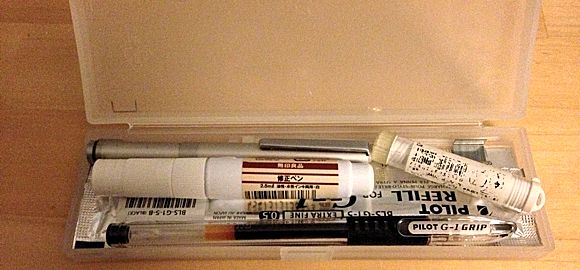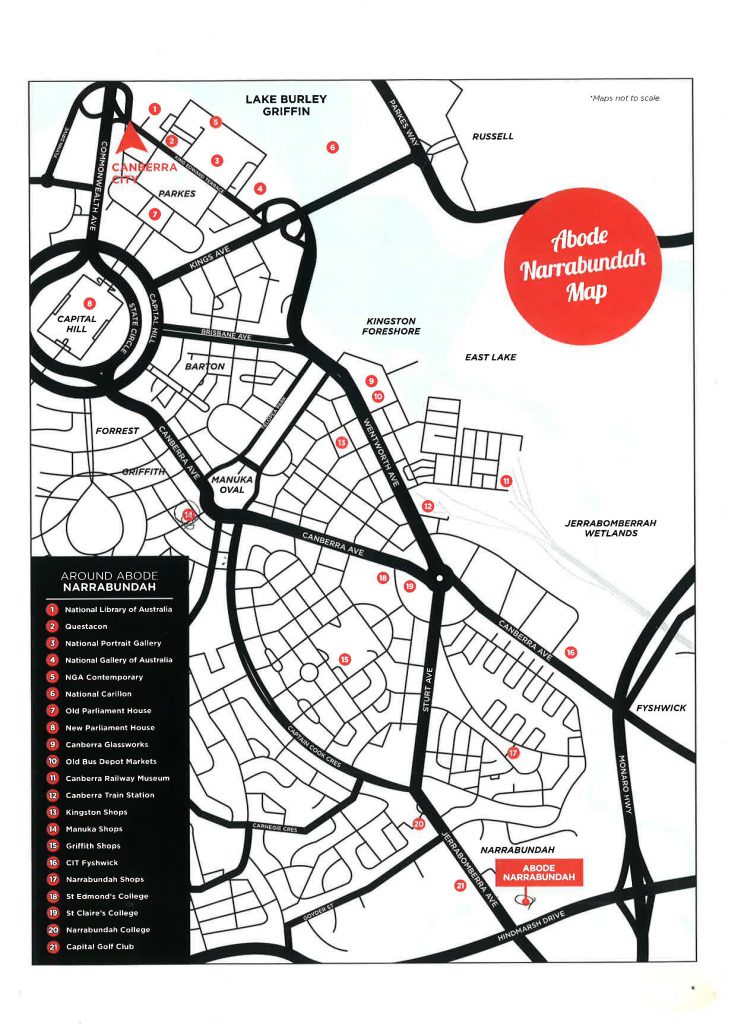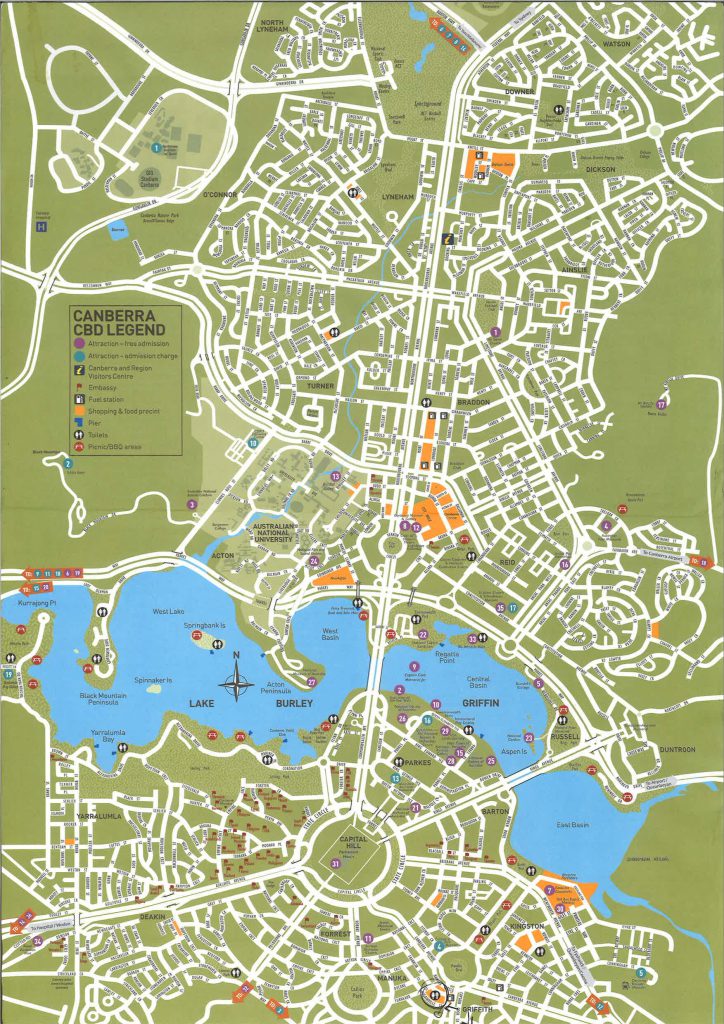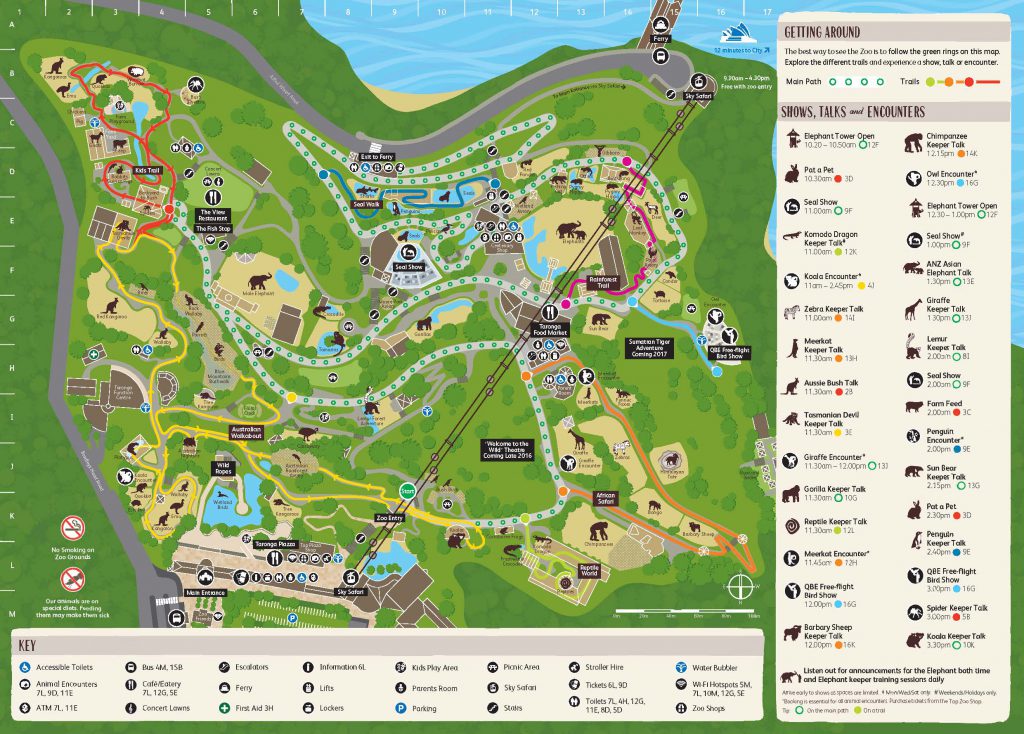Reading Response 1: CH 1 Donald A. Norman, The Design of Everyday Things (1988)
I agree that our world is filled with poorly designed objects that are difficult to figure out how to operate and that good design can make things better. Firstly, the author asks why people put up with the frustrations of everyday objects. I believe that the reason that we put up with it is partly because we accept what the companies tell us is good and we do not question if there is a better way. Even if we feel there is something not quite right, many companies do not bother to find out. The author states that the human mind is exquisitely tailored to make sense of the world which he suggests needs only the slightest hint to know how to use an object but gets thrown off by bad design. However, if the human is so good at figuring things out even if initially a bad design throws one off, I think our minds quickly adapt and we learn “bad habits” so to speak in terms of the design language which perhaps explains our tolerance for bad design as well. Having said that it is true that things have become more confusing. While the human mind does figure things out well, certainly well-designed objects that make things easier is welcomed compared to a poorly designed object that is hard to use. But sometimes as consumers we do not know any better until we are given something better. We can probably give valuable feedback on what works and does not work, but it is only when the designer presents the improved solution that we realise what we have been missing.
The author then goes on to talk about how people are surprised that simple things like doors, switches, faucets and stoves can be frustrating to figure out how to use. Before studying to become a designer I admit I would never have thought doors could be a problem, I guess it is something we tend to take for granted because we probably go through doors all the time and know which way they will open. If even simple things can be confusing, then as the author says it is understandable if a cockpit of a modern airliner is hard to operate. I think that the holy grail of usability is probably making the airplane controls simple enough for anyone to operate like how the car industry was revolutionised by the modern automatic car’s easy to understand controls.
Visibility is important as we are very much visual creatures, so we want to know which function is controlled by which control and see the outcome. The lack of a hold button on the modern telephone system is good example. The issue is that with more functions comes more controls it is not only harder for the designer to fit in all the controls in a product and but also the consumer who needs to figure out what everything does. But people keep buying poorly designed products and designers keep doing things the same way in a vicious cycle.
Affordance is important for the choice of material as its function becomes obvious by its properties. The example of the British rail shelter is quite an interesting example because every attempt to solve the problem seems to create another. Complex things require explanation but simple things do not. There are so many objects in our lives but somehow we manage to cope. The author gives three ways, affordance, constraints and mapping. The scissors is easy to use because the parts are all visible while the digital watch is hard to use because there is not visible mechanism. I myself have found it easier to adjust a mechanical watch compared to a digital one because when rotating the knob the hands of the clock are visually moving in the mechanical watch. Users do not need to know how something works they only need to know the controls and the outcome. The car is usable because all controls are visible and each control has a specific function whose action corresponds to the same results in reality which is mapping. Feedback is also important as it enables the user to know if the action is successful, which is useful for the hold function of the telephone system.
The paradox of technology as the author puts it is very much the problem when it comes to designing usable objects. Functionality comes at the price of complexity. I agree that it does not mean we do not progress but it is hard to balance cost and usability. I think that we are reaching the point where technology is so advanced that it is no longer changing at the rapid rate of the last decade. Therefore this is a great time for designers to make the complex products more usable because technology is more or less the same. But I think that there is a point where the benefits of adding another function no longer outweigh the complexity. Smartphones and computers have managed to put all the tech into a simple small package, so easy to use even young kids can use them. But, there are still problems with having so many functions in one device with companies constantly improving the operating system. Designing well is difficult with so many other factors to consider but I agree that the paradox of technology is not an excuse for bad design and that principles of good design can make the complex manageable.
Q1. How can good design be applied to the increasingly digital world which is less visible?
Q2. To what extend can good design make the complex technology more usable?

![q [Converted]](https://oss.adm.ntu.edu.sg/ychan007/wp-content/uploads/sites/861/2016/08/q-Converted-1024x335.jpg)

![a [Converted]](https://oss.adm.ntu.edu.sg/ychan007/wp-content/uploads/sites/861/2016/08/a-Converted-1-1024x811.jpg)


